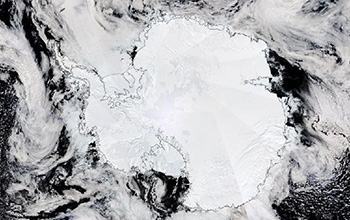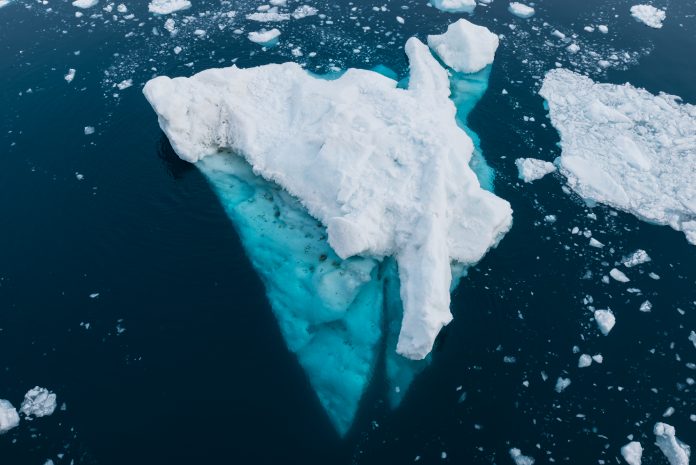An increase in sea ice surrounding Antarctica since 1979 is a unique feature of the Antarctic climate – not seen since 1905, according to Ohio University researchers
Funded by the US National Science Foundation, the study is the first to detail sea ice surrounding the entire continent throughout the four seasons over the last century and paints a dramatic picture for weather and climate implications in Antarctica.
Published in Nature Climate Change, the study shows how winds and temperature changes have contributed to the continuing changes in sea ice.
Climate variability connected to sea ice
Previous estimations and measurements of sea ice, before satellite mapping were obtained mostly though small weather stations across the continent, human observation of ice edges and ocean sediment samples. However with the development of satellite measurements around 1979, this study was able to look at the entire containment instead of specific small regions, providing a year round and accurate view of ice movements in Antarctica.
Sea ice shares a strong connection with regional and large-scale climate variability.
“This reconstruction of Antarctic sea ice back through the 20th century gives us detail not only for every season, but for different regions around the whole of Antarctica,” Climatologist Ryan Fogt said.
“When we sum it up, it gives us the first complete estimate of total Antarctic sea ice extent — how far away the sea ice reaches from the continent — back through the 20th century.”

“Regime shift”
The new data collated has indicated what the team have labelled a ‘regime shift’.
“The short period provided from satellite measurements of Antarctic sea ice is really unique. It’s the only period since the beginning of the 20th century where we see increases in total sea ice in all seasons,” Fogt said.
“We have a statistically significant positive trend over that satellite period. Perhaps even more impressively, these increases since 1979 are juxtaposed by long-term decreases in Antarctic sea ice throughout the early and middle 20th century.”
Ice core records similarly confirm regional aspects of the decrease in much of the 20th century.
The satellite measurements start in 1979 at a time when sea ice had been decreasing throughout the first half of the 20th century. Fogt is very interested in the recent increases in sea ice and an anomaly in 2016 and 2017 when the sea ice suddenly decreased, only to rebound again by mid-2020.
Sea ice conditions in early 2022 are once again below average around Antarctica.
Antarctic ice doesn’t affect sea levels, yet is causing disruption
Fogt explains that unlike portions of the West Antarctic Ice Sheet, Antarctic sea ice floats on the water and melts and reforms as the seasons change, not affecting sea level.
“I mentioned there’s no impact on sea level rise with sea ice. Why then are we concerned about sea ice around Antarctica? Well, for one, it affects ecosystems. Penguins and seals in Antarctica are like the polar bears in the Arctic. They are critically dependent on how much sea ice there is. The ocean circulation, including the formation of dense water that can sink to the ocean floor, is also related to sea ice variations. Changes in the ocean around Antarctica can have global implications,” Fogt said.











